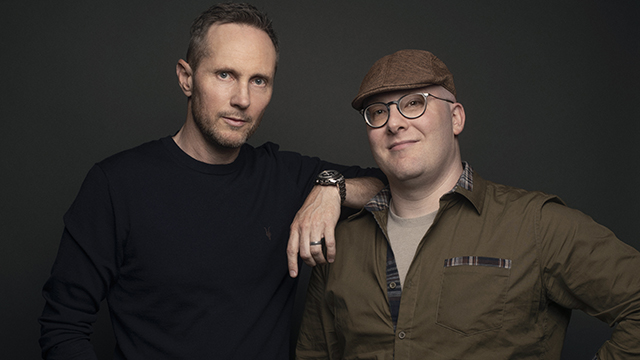Gaming leads move around the industry quite a lot and some of them even start their own studio. That’s No Moon is one of those studios that has spawned from industry veterans and these veterans, in this case, hail from Bungie, Naughty Dog, PlayStation, and EA, to name a few. Taylor Kurosaki and Jacob Minkoff will be chief creative officer and chief design officer, respectively, at That’s No Moon, who fans might recognize from their time at Naughty Dog and Infinity Ward. Senior Gaming Editor Michael Leri recently spoke with the two to talk about building a new team, their desire to get back to single-player action adventure games, their Star Wars-inspired studio name, and more.
Michael Leri: That’s No Moon is obviously a Star Wars reference and people will probably assume you were going to make Star Wars games because of it. It doesn’t seem like that is the case so what stuck out to you about that name?
Taylor Kurosaki: We wanted a company name that was evocative of adventure, storytelling, memorable characters, and incredible worlds. That’s the sole focus of That’s No Moon. What’s really unique about our new studio and our approach as a company is that we are solely focused on making immersive, incredible narrative experiences for our players.
There’s a lot of talk about platforms, games as a service, and things like that, which are all incredible and things I play every day. But what I think is unique about That’s No Moon is that we’re solely focused on creating these immersive, singularly focused, single-player experiences.
Both of you worked at Naughty Dog and Infinity Ward on some of the biggest franchises out there. Why pack up and leave not one, but two giant AAA studios like that?
Jacob Minkoff: Speaking for myself, I am always looking for the next big challenge, the next big opportunity to innovate. I feel like we did amazing work at both of the previous places Taylor and I worked together at. I loved working with those teams and I am very proud of the things that we made. As we were talking with our friends about what we wanted to do next and the next place we wanted to innovate and improve, we talked a lot about going back to our first love which was third-person, narrative-driven, single-player action adventure games. I am super excited coming back to that genre since it’s been about seven years since I’ve touched it and 10 years since I started a new IP in it.
There have been such advances in technology and techniques since then. We’ve got motion matching, photogrammetry, one-to-one geometry, and all of this really cool stuff out there and we want to leverage that to make a new genre-defining experience in a way that’s never been done before.
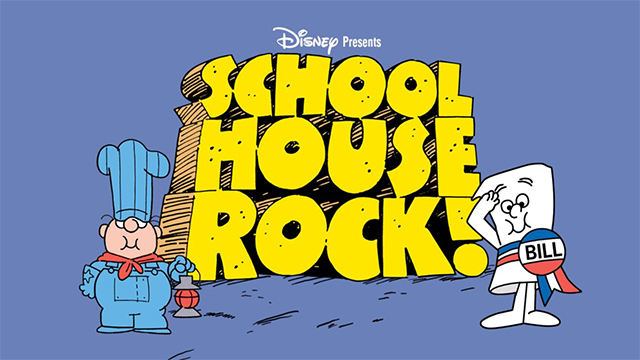
Is this move in any way tied to the pandemic? Many seem to be re-evaluating their careers during this time of reflection. Also did this have anything to do with the crunch practices that were reportedly present at both studios?
Kurosaki: Life is fleeting and we only have so many years where we can have this incredible platform to say something. Each and every time you’re starting on a new project, you’re thinking, “What am I adding to the world here? What can I say?”
I make this cheesy, cheesy analogy because I am old, frankly, but I think it still holds. When I was little, one of my favorite things was a TV show called Schoolhouse Rock! What was great about Schoolhouse Rock! was that it was super engrossing and engaging, but it was also the way I learned about contractions and the political system. I was a more worldly sort of person for that experience.
So with this incredible platform that we have of these interactive experiences where you aren’t just having empathy for characters that you see on a screen, but you’re actually occupying these people and walking a mile in their shoes, so to speak. It’s this incredible way to explore the world and the issues that face it and yet also be entertained and have information that helps us in our normal lives.
If I am playing as a character and they have an obstacle in their way and they overcome that obstacle and I am actually helping them overcome that obstacle with the controller in my hands, that’s a great example for me of getting through the challenges of my normal, everyday life. I love putting things out into the world where people are empowered and people can overcome obstacles and I also get to overcome these obstacles sitting at home with a controller in my hands.
Minkoff: Speaking to our partnership with Smilegate, we share core values and they share our vision of making positive, uplifting, thought-provoking stories that facilitate great, fun gameplay. I think that’s where all of our passion for our new project comes from.
You asked about crunch and the thing that Taylor and I learned over the years is that it starts with us. We have to design responsibly. We have to keep production in mind. So what we’ve done over the years is that we’ve developed a production methodology where we start from, “What is the most important thing in this level? If we don’t have this thing, whether it be a boss battle or a big action set piece or a narrative moment, why did we even make the level?”
So rather than just setting up the entire level and saying that it all has to go in, we prioritize each beat within the level and we start from the most important thing, which means if we need to course correct or modify scope, the most important thing gets in. I think it’s the willingness to plan how to course correct from the start as part of your design that helps us be responsible and have a reasonable schedule.
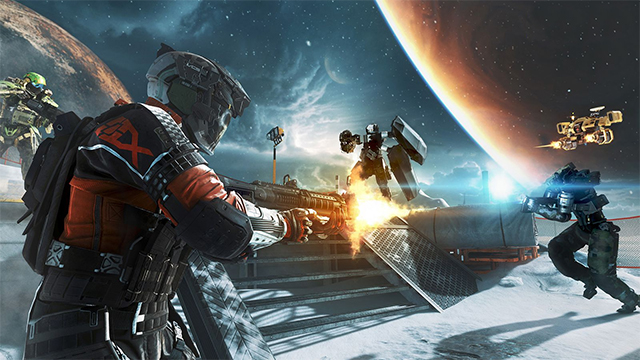
Taylor, you were saying when getting to the “new” Infinity Ward in 2014, that you wanted to create a team that was taking the best of different cultures from different studios from the new blood and make something better than the sum of its parts. What did you learn from that and is that something you are trying to emulate here?
Kurosaki: We’re not trying to emulate that because now we’ve had another seven years under our belts. Now we’re trying to take all the learnings that we had from that experience and apply it to our new company. We’ve picked up so much from all of our places that we’ve worked and amazing people we’ve worked with that now we have the opportunity to start with a blank slate and create the best possible studio with the best possible culture you can imagine here in 2021.
If you’re not evolving or getting better or learning, then you’re doing something wrong. It’s just striving for better and better and better as we move forward.
Minkoff: We’re also getting to work with a whole bunch of people that we’ve worked with before who’ve had similar experiences with us. The team is made from a whole bunch of people who were at PlayStation, Naughty Dog, Sony Santa Monica, Epic, and Bungie. These are all people that we’ve gotten to work with on related projects over the years so we have this shared understanding of what went right, what went wrong, how we want to improve in the future, and we’re really hitting the ground running very quickly and effectively as we have this shorthand of all of these shared experiences.
Kurosaki: The other thing I am really excited about is our partnership with Smilegate. They creatively see things the way that we see things. They are empowering us to be the best version of designers and storytellers that we can possibly be and that ability to have a partner that creatively is in line with us and allows us to do our best work is something that I’ve never seen and never had in my career. That’s another component to all of this that is really exciting.
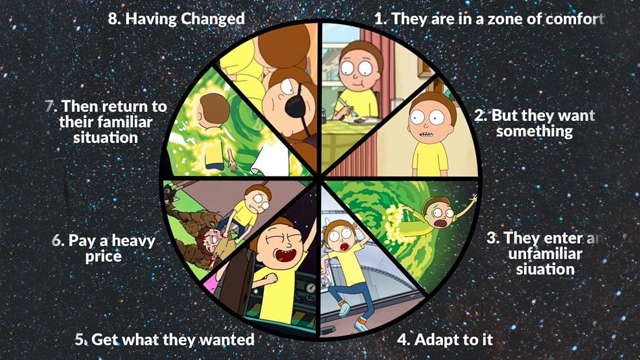
Your first game is, according to you, “an ambitious, new action-adventure game that will push the limits of both gameplay and story.” Can you elaborate at all on that?
Kurosaki: Jake talked about our priority system of how we’re going to focus on the most important parts. Another big tenet is this notion of what we call “player-protagonist parity.” A core tenet of us creating something where our players are invested in the characters they are playing as and in the adventures they are going on is that they have this emotional unity with the protagonist.
And the only way we get to that emotional unity, frankly, is by this melding of narrative and design. People often ask if the story comes first or if the design does. The answer is neither or both.
I came up as a game designer. I was the lead game designer of Crash Bandicoot back in the ‘90s and Jacob, although he has design in his job description, also is an incredibly dedicated student of narrative and storytelling. We’ve gone to things like Robert McKee’s “Story” seminar multiple times. We’re students of Blake Snyder’s “Save the Cat” and the story wheel, which is an old concept from Jason Campbell that’s been updated by Dan Harmon of Rick and Morty fame [which is shown in the above picture].
The point is that Jake and I both designers and both storytellers and that concept carries through to every single person at That’s No Moon. We expect everyone to be a storyteller and everyone to be a designer and to think like a designer. That’s our secret sauce. It’s not about coming up with the best idea for a story. It’s about seamlessly blending narrative and design together so you don’t see where one starts and one stops. They are this holistic whole. And that’s how we feel we get to excellence in these experiences.
Minkoff: A thing that we’ve been developing for the past decade or more is the question of, “How can we put as much story on the stick and in gameplay as possible? How can we make you feel the way the character you are playing as feels in the story so you buy into their emotional choices? How can we put the same pressure on you through gameplay that they are experiencing in their world so that you have that parity with them?” That is something that we feel like has not been fully answered or fully tapped out within the narrative gameplay storytelling genre. We want to push further with that on our new project and try to find the boundaries of what is possible.
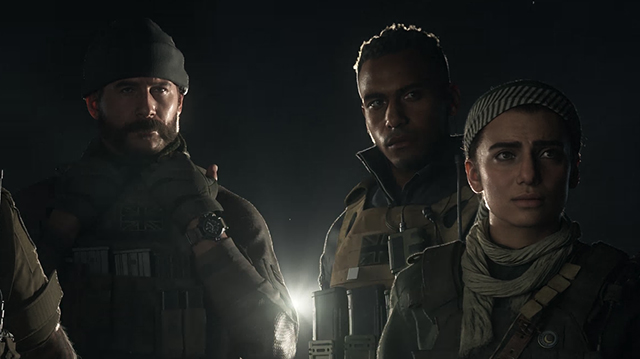
The Uncharted games, The Last of Us, and the two Call of Duty games you specifically made are lauded for their narrative presentation. That seems to show the importance you two put on story. That’s No Moon is going to make “interactive and linear media.” Can you elaborate on what that means for the team?
Kurosaki: First and foremost, we are 100% dedicated to our first project, this third-person, narrative-driven, single-player action adventure. But we spend so much time creating these worlds that feel real and relatable. And the fidelity in the way we tell stories has changed in the last decade or 15 years. We used to have to have our characters have their emotions on their sleeves. They would have to say things like, “I am upset” because the level of emoting was not sufficient. But now you could just have someone have an eye dart or look away or maybe have a twitch in the corner of their eye.
Now that we have kind of crossed over into a level of fidelity where we can write like how real humans interact. Like someone just delaying their answer suggests they are thinking of something or not fully bought into this moment. You can create characters that have that kind of fidelity and allow for that level of nuanced storytelling. It’s a real shame that we don’t see more adventures that those characters can go on.
Mike Mumbauer, our CEO, he comes from Sony Pictures Imageworks and a rich past of linear storytelling. My first job was working with Steven Spielberg doing CGI effects. So why should we silo these worlds and these characters only into interactive mediums when there are more stories to tell in the linear space? That’s a big part of creating a new studio from the ground up and having a partnership with Smilegate where they want to empower us and believe in us to tell stories both in the interactive space and the linear space. More to come on that later, but there are so many stories to tell and it doesn’t have to just be in a game sequel or a DLC. These stories can continue in the linear space as well.
Minkoff: And that goes back to our responsible production, scheduling, and design. We’re making all of these assets but as you develop a project, you don’t always need everybody, all hands on deck working on the thing that you are making. There are ebbs and flows in development. So wouldn’t it be great as we have one of those ebbs where maybe the designers and engineers are really focused on prototyping what the next big thing is going to be, but the artists and animators maybe have less on their hands. Wouldn’t it be great if we could put that bandwidth on linear media while we are working on the next big thing?
Those are the thoughts we have in our heads. But for right now, it’s all about game number one.
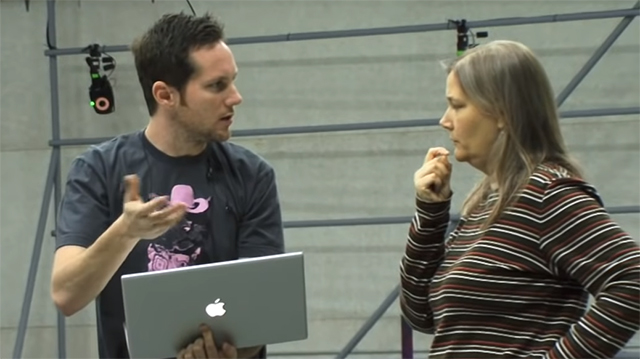
Is there going to be an office? It’s must be hard right now to build a studio.
Kurosaki: We’re in a really tricky spot right now in terms of what our best practice is. We have secured an office space and a studio and the most exciting thing about that is within the walls of our studio, we have an incredible performance capture and virtual production space. This is the same stage that we shot Uncharted 1 and 2 on. They did a bunch of virtual production on the reboot of The Lion King and they did a bunch of virtual production for Season 1 of The Mandalorian on this space.
So in all of my years and in all of my spots, which has only been two, but lots of years at those spots, I’ve seen a lot of game studios and I’ve never seen a game studio that has a state-of-the-art virtual production facility within the confines of its studio space. It’s not where you get a one-off of a certain in-game move but you can actually have your main cast come in and record voiceover, performance cap, and all of those things within those four walls. I think that’s going to be a really big key to the future success of our studio and on this project.
Minkoff: I am just super excited about the opportunities that we have. I can’t wait to have this studio built up. We’re doing so much hiring over the next year. We’re looking to be 100 people or more within the next year. We’re doing a lot of recruiting and have a lot of leadership positions open. I am really interested in recruiting a bunch of new passionate entry-level talent so I’ve been doing a lot of recruiting and universities because I have had great experiences in the past finding new, passionate, diverse talent that has different perspectives than I’ve had the opportunity to experience in my career. I hope people see this article and look at our job listings and come and join us because we’re doing some cool stuff.
